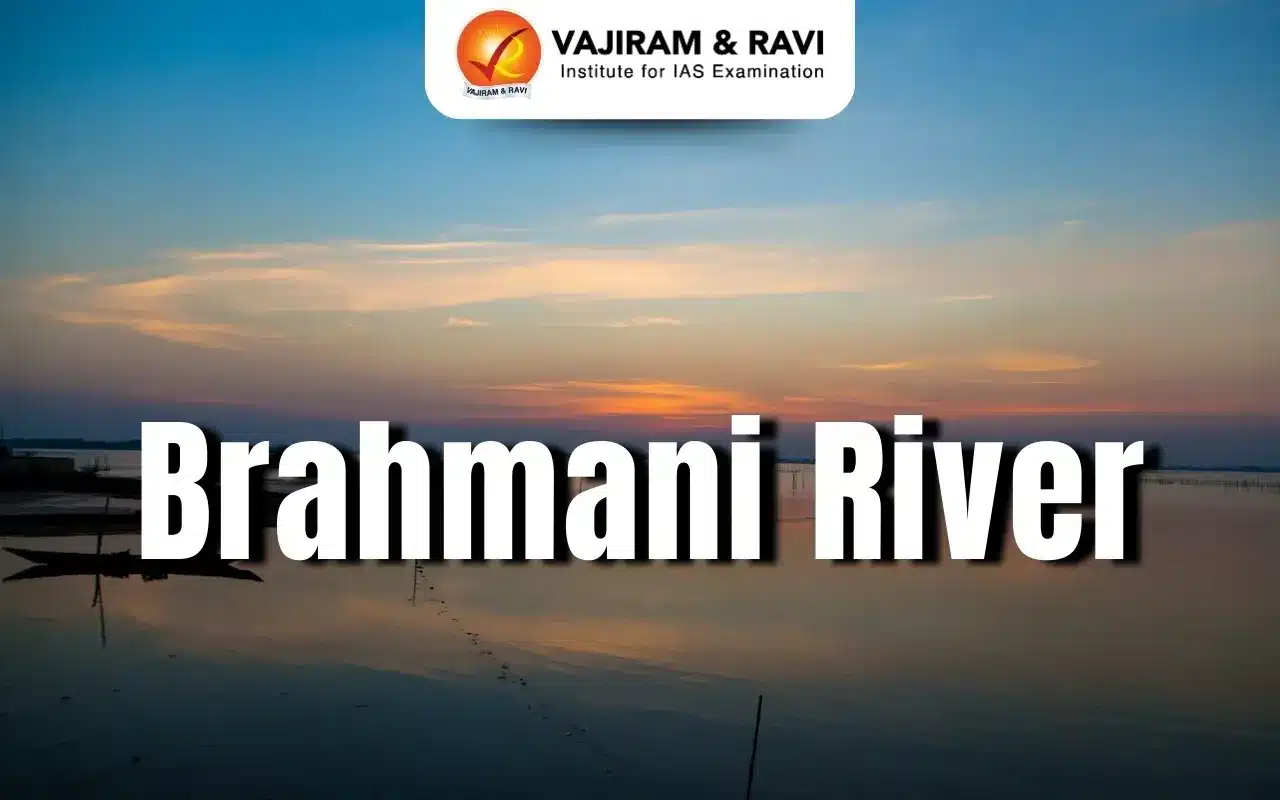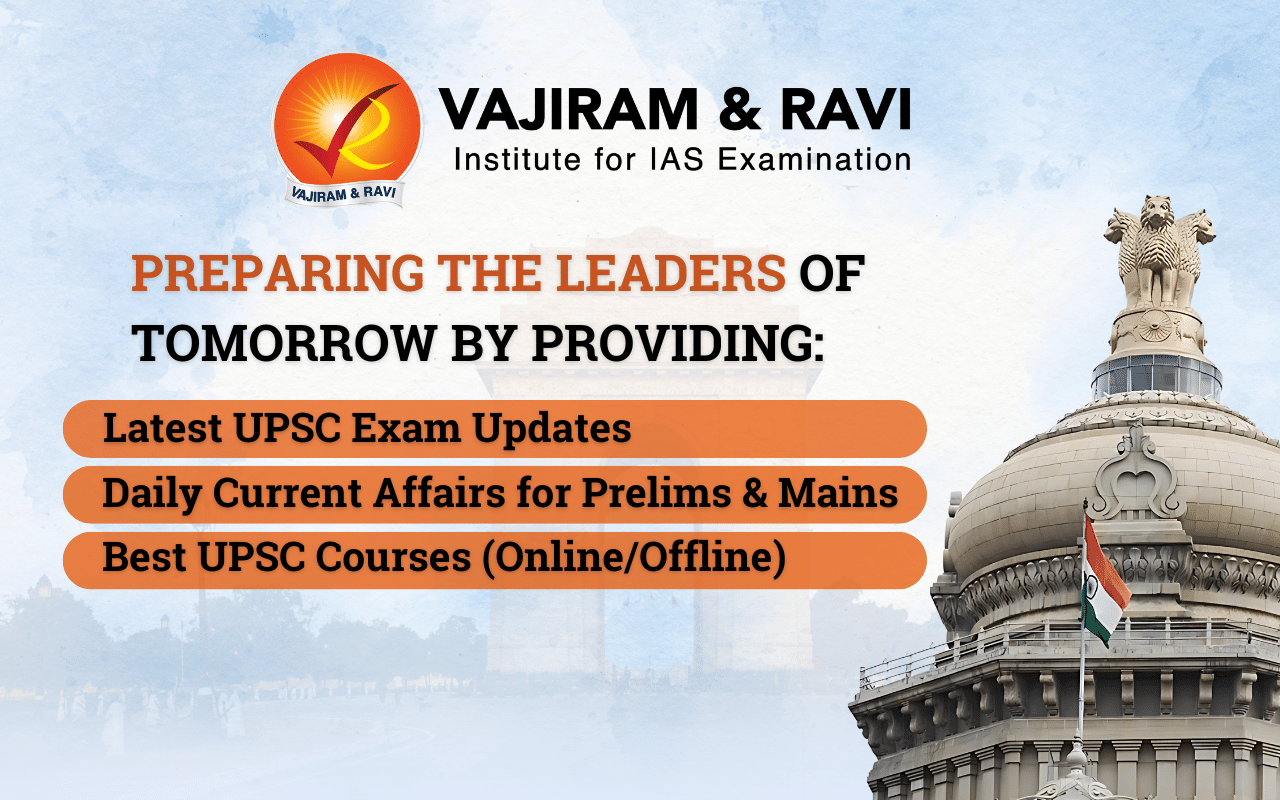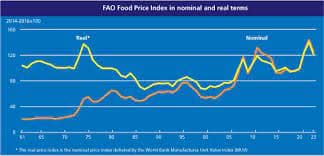Brahmani River Latest News
Eight years after construction began, the bridge over the Brahmani river near Brahmabarada remains unfinished, causing inconvenience to residents of over 20 villages under five gram panchayats in Rasulpur and Jajpur blocks.
About Brahmani River
- It is one of the major rivers in eastern India, primarily flowing through the state of Odisha.
- The river is known as Dhamra in its lower reaches.
- Course:
- It is formed by the confluence of the Sankh and South Koel rivers near the major industrial town of Rourkela in Odisha.
- Both the sources of the Brahmani River are on the Chota Nagpur Plateau.
- The Sankh River has its origins near the Jharkhand-Chhattisgarh border, along with the South Koel River, which also rises in Jharkhand.
- The basin flows through Jharkhand, Chhattisgarh, and Odisha states, draining a total area of 39,033 sq.km. before it outfalls into the Bay of Bengal.
- Together with the rivers Mahanadi and Baitarani, it forms a large delta before emptying into the Bay of Bengal at Palmyras Point, Odisha.
- The Brahmani delta is the site of the Bhitarkanika Wildlife Sanctuary, famous for its estuarine crocodiles.
- Length: The total length of its run is about 799 km, of which 541 km are in Odisha itself.
- The Brahmani River basin is bounded in the north by the Chhotanagpur plateau, in the west and south by the Mahanadi basin, and in the east by the Bay of Bengal.
- It is one of the few rivers that cut across the Eastern Ghats and has formed a minor gorge at Rengali in Odisha, where a dam has been built.
- Tributaries: The principal tributaries of this river are Sankh, Tikra, and Karo.
Brahmani River FAQs
Q1. Is Brahmani tributary of Mahanadi?
Ans. No, the Brahmani River is not a tributary of the Mahanadi River.
Q2. Which dam is on Brahmani River?
Ans. The Rengali Dam is located on the Brahmani River.
Q3. Brahmani river flows through which all states?
Ans. Jharkhand, Chhattisgarh, and Odisha
Source: NIE
Last updated on July, 2025
→ UPSC Notification 2025 was released on 22nd January 2025.
→ UPSC Prelims Result 2025 is out now for the CSE held on 25 May 2025.
→ UPSC Prelims Question Paper 2025 and Unofficial Prelims Answer Key 2025 are available now.
→ UPSC Calendar 2026 is released on 15th May, 2025.
→ The UPSC Vacancy 2025 were released 1129, out of which 979 were for UPSC CSE and remaining 150 are for UPSC IFoS.
→ UPSC Mains 2025 will be conducted on 22nd August 2025.
→ UPSC Prelims 2026 will be conducted on 24th May, 2026 & UPSC Mains 2026 will be conducted on 21st August 2026.
→ The UPSC Selection Process is of 3 stages-Prelims, Mains and Interview.
→ UPSC Result 2024 is released with latest UPSC Marksheet 2024. Check Now!
→ UPSC Toppers List 2024 is released now. Shakti Dubey is UPSC AIR 1 2024 Topper.
→ Also check Best IAS Coaching in Delhi















